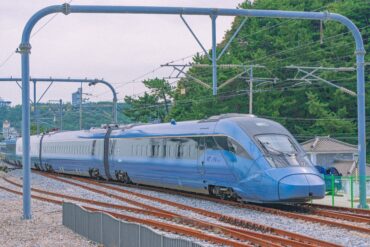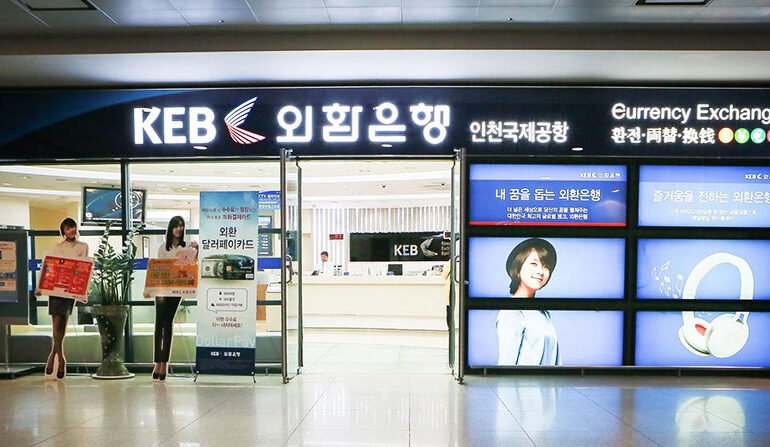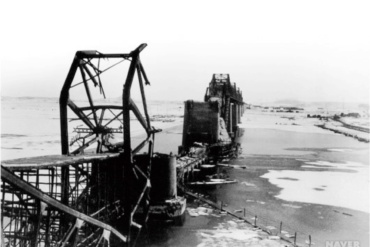ICONS Of Korean Fashion Words by Michelle Park Park Seung Gun Designer for pushBUTTON, Park Seung Gun has attracted numerous...
KTX Offers Direct Service to Incheon Airport After several delays, Korail is offering direct KTX service from various parts of...
– Paid Post, Sponsored by Korea Exchange Bank – Korea Exchange Bank’s 100-strong airport team provides Incheon Airport Currency Exchange 24 hours a day powered by teamwork, training, and a love of travel. Incheon Airport’s Preferred Currency Exchange If there’s one place in Korea that almost every expat has visited...
Popular ride sharing app Kakao Taxi (KakaoT) has undergone an update, making the app more accessible for a wider range...
Korean Government Legalizes Adultery On Thursday, South Korea’s Constitutional Court struck down a 62-year old law that made committing adultery...
The children of Joseon period Korea may not have had a holiday dedicated to them, but they still had to shoulder heavy domestic and scholastic responsibilities like their counterparts today.
Two days after the Korean War began, a disastrous decision to blow up the Han River Bridge resulted in the loss of hundreds of lives.
Erotic Content Censorship in Korea Many living in Korea will know that sites with erotic videos and even nude photography...
Korean tap water is officially rated among the highest quality in the world, yet most locals won’t drink it straight from the faucet. This disconnect between official safety ratings and public behavior represents one of Korea’s most interesting cultural paradoxes. Recent research and government initiatives are attempting to bridge this...
You might know that March 1st is a 빨간날 bbalgan nal or “Red Day”, meaning a national public holiday in...







